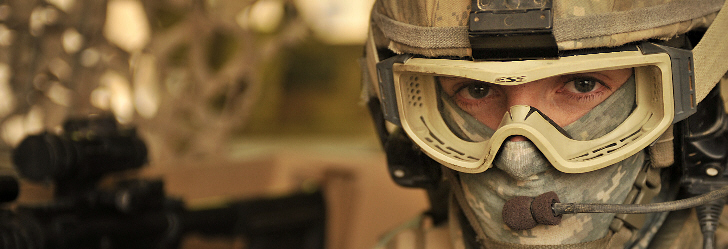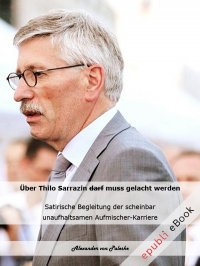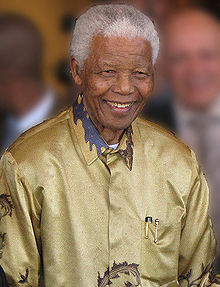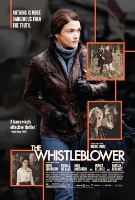C.I.A. Secrets Could Surface in Swiss Nuclear Case
The prospect of a prosecution, and a public trial, threatens to expose some of the C.I.A.’s deepest secrets if defense lawyers try to protect their clients by revealing how they operated on the agency’s behalf. It could also tarnish what the Bush administration once hailed as a resounding victory in breaking up the nuclear arms network by laying bare how much of it remained intact.
“It’s like a puzzle,” Andreas Müller, the Swiss magistrate, said at a news conference in Bern on Thursday. “If you put the puzzle together you get the whole picture.”
The three men — Friedrich Tinner and his two sons, Urs and Marco — helped run the atomic smuggling ring of A. Q. Khan, an architect of Pakistan’s nuclear bomb program, officials in several countries have said. In return for millions of dollars, according to former Bush administration officials, the Tinners secretly worked for the C.I.A. as well, not only providing information about the Khan network’s manufacturing and sales efforts, which stretched from Iran to Libya to North Korea, but also helping the agency introduce flaws into the equipment sent to some of those countries.
The Bush administration went to extraordinary lengths to protect the men from prosecution, even persuading Swiss authorities to destroy equipment and information found on their computers and in their homes and businesses — actions that may now imperil efforts to prosecute them.
While it has been clear since 2008 that the Tinners acted as American spies, the announcement by the Swiss magistrate on Thursday, recommending their prosecution for nuclear smuggling, is a turning point in the investigation. A trial would bring to the fore a case that Pakistan has insisted is closed. Prosecuting the case could also expose in court a tale of C.I.A. break-ins in Switzerland, and of a still unexplained decision by the agency not to seize electronic copies of a number of nuclear bomb designs found on the computers of the Tinner family.
One of those blueprints came from an early Chinese atomic bomb; two more advanced designs were from Pakistan’s program, investigators from several countries have said.
Ultimately, copies of those blueprints were found around the globe on the computers of members of the Khan network, leading investigators to suspect that they made their way to Iran, North Korea and perhaps other countries. In 2003, atomic investigators found one of the atomic blueprints in Libya and brought it back to the United States for safekeeping.
Mr. Müller, the Swiss magistrate, investigated the Tinner case for nearly two years. He said Thursday that his 174-page report recommended that the three men face charges for “supporting the development of atomic weapons” in violation of Swiss law.
sfux - 9. Jan, 16:26 Article 2000x read
















































